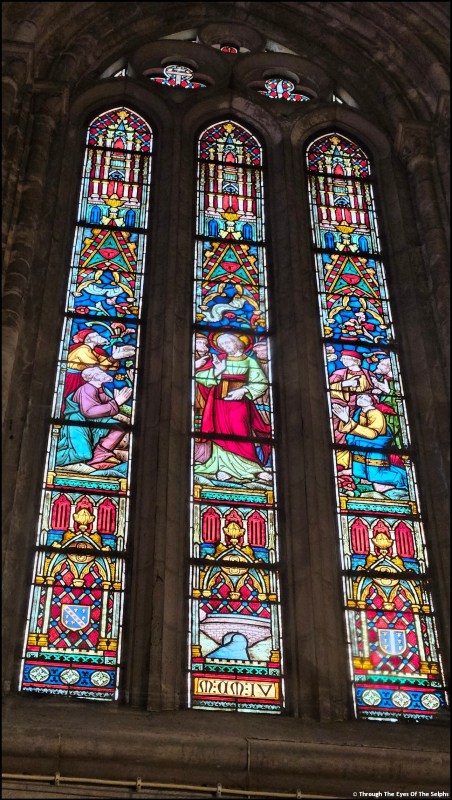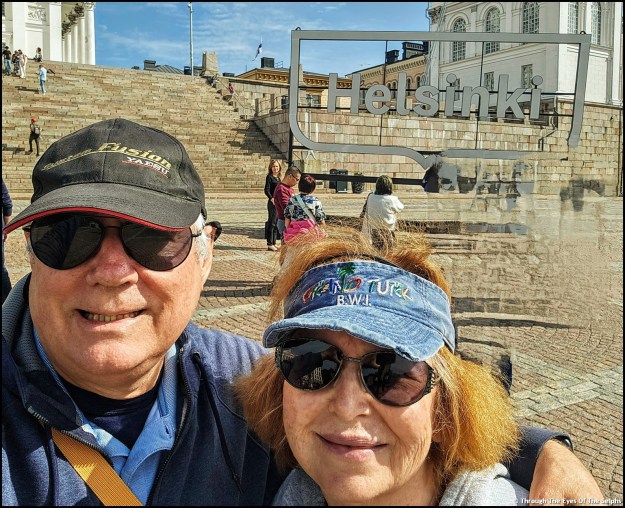On day two in Kobe we had a great excursion with an excellent guide that took us to several places in nearby Kyoto. Kyoto, about an hour drive from Kobe, was the capital of Japan for more than 1,000 years from 794 to 1868. First up was the Heian Shrine, listed as an important cultural property in Japan. Built in 1895 the shrine property has a Tori gate, main gate, castle, garden and a lake, to resemble the 11th and 12th century design periods. In 1976 several buildings were destroyed by fire and rebuilt. We have learned in Japan, over thousands of years, many shrines and temples were destroyed by fire, earthquakes or bombing during WW2. 




We enjoyed walking around the grounds, though at 35 degrees, it was cold.
A tree was full of white strips of paper tied to the tree. The wish tree has good fortunes tied on the tree to bring good luck. Another example of Japanese superstitions. 







In the garden we came across a happy couple having wedding photos taken. 
Next we went to Nijo-jo Castle. Built in 1626, this is from the feudal period and was the home of Tokugawa shoguns. It was struck by lightning and burned to the ground in 1867 and rebuilt in 1893. What makes the castle unique are the nightingale floors as they are known in Japan. They are a type of floor that makes a squeaking, chirping noise like nightingales when walked on. These floors were built for security so the shogun would hear if anyone came into the castle. 



Before entering the castle for a tour we had to take off our shoes while walking on the floors.
Even with socks on our feet were freezing and we couldn’t feel our toes by the end of the tour. We did hear the floors chirping. I did not see the “no photos” sign so I was in the process of taking my first picture when a guard walked up behind me and loudly said, “No photos!!” Almost gave me a heart attack. Here is that picture.
Time for lunch. We were taken to a very nice Japanese restaurant located in a high end hotel. Each place setting had a bento box which is the Japanese version of a boxed lunch. Very nicely done. It included soup, sticky rice, tofu, shrimp, a sweet potato cake and salmon. Chopsticks and forks were provided. Lucky Bill enjoyed his lunch and mine! 


Japanese Has Small Vehicles
Our final destination was the beautiful Kinkaku-ju Temple, also known as The Golden Pavillion. Several people on the cruise ship who had been to Koyoto before, said this was their favorite place. It did not disappoint. It is a Zen Buddhist temple that at one time was a family villa. Built in 1397 as a shogun palace, it later became a temple. The pavillion burned down in 1950 and was rebuilt in 1955. It is a three story building with the top two stories covered with pure gold leaf.

Picture of Their Interior Picture
We were not allowed to go inside. A one way path for tourists led past the temple. Our guide told us the guards would not allow people to go part way and then turn around and walk back. The problem was 100 steps that had to be navigated on the one way path. It turns out the steps were not too bad. I hope people didn’t decide not to go because of the steps. It is such a beautiful place, it is a shame they don’t make it accessible for people with mobility issues. There were lots of tourists there but it was not crowded.
Three young Japanese girls were visiting in traditional dress. We asked if we could take their picture and they gladly agreed. 
It was a long day with an hour ride back to the ship, but a very enjoyable day. Back at the ship, it was very close to the time the ship was leaving. We had to go through Japanese immigration again (we had to do this every time we left or came back to the ship while in every Japanese port). As we were walking toward the ship we heard a band playing. We were so surprised to see a band and a crowd of people at the top of the cruise terminal with banners and flags to see us off.

On the ship, passengers had crowded all the decks and balconies to wave goodbye. It was quite a party with the crew passing out drinks, appetitizers and blankets for warmth. We quickly joined the crowd. As the band played “Anchors Away”, the people released pink and green balloons and waved goodbye to us. Wow! What a send off. Thank you, Kobe!! 
When we got back to our cabin, we had another nice surprise. An invitation had been placed in our cabin mailbox. A coveted invitation for a tour of The Ship’s Bridge, which is where all the ship’s navigation takes place. Bill has been wanting to do this for a long time. We were under the impression tours had been stopped years ago for security reasons. Bill was thrilled. Can’t wait!
Next up: The last Japanese port, scenic cruising and a tour of “The Ship’s Bridge”
















 Fortunately, everything was outside the entrance to Universal Studios, so we didn’t have to pay to go in.
Fortunately, everything was outside the entrance to Universal Studios, so we didn’t have to pay to go in.





















































































































































































































